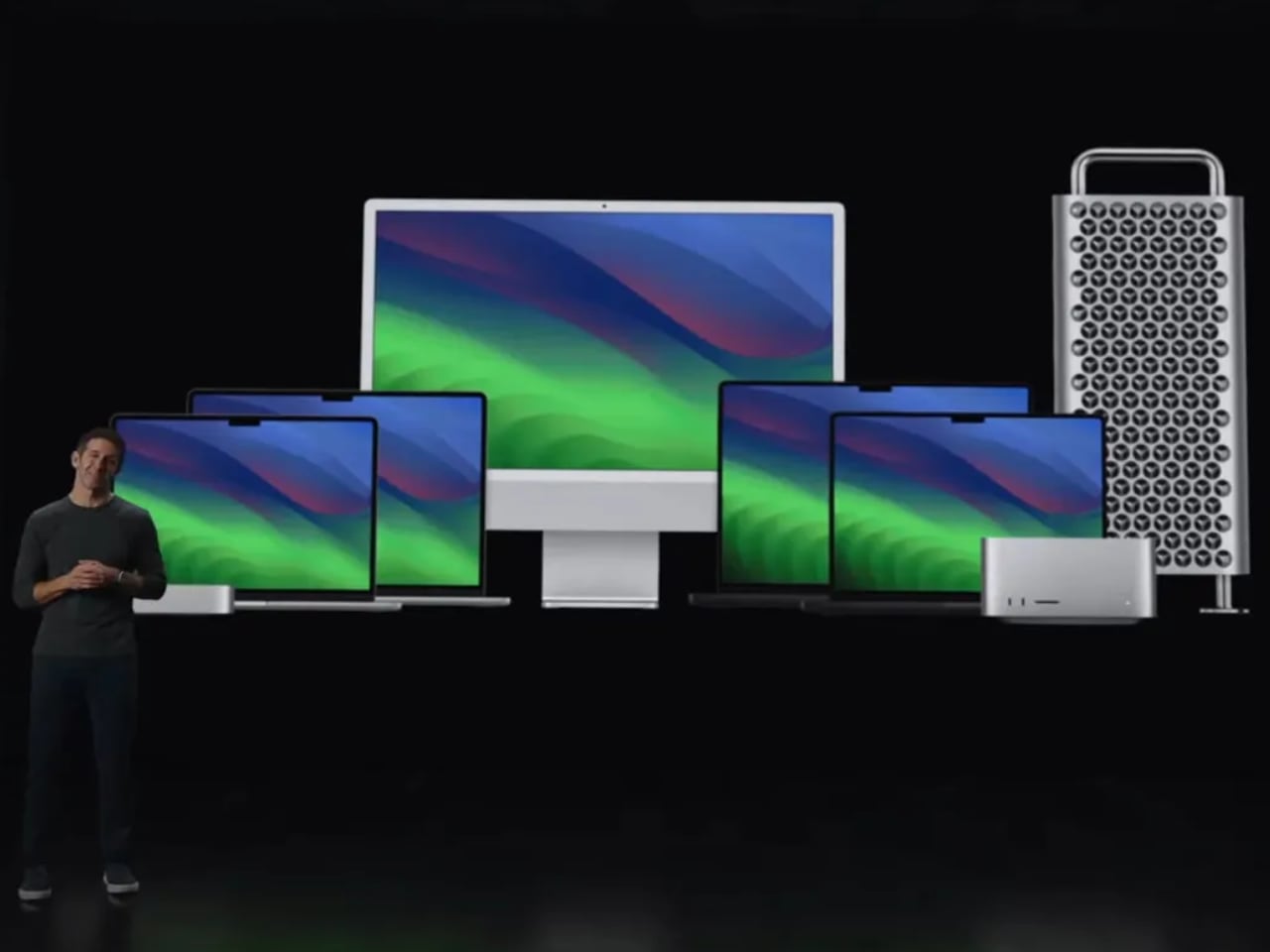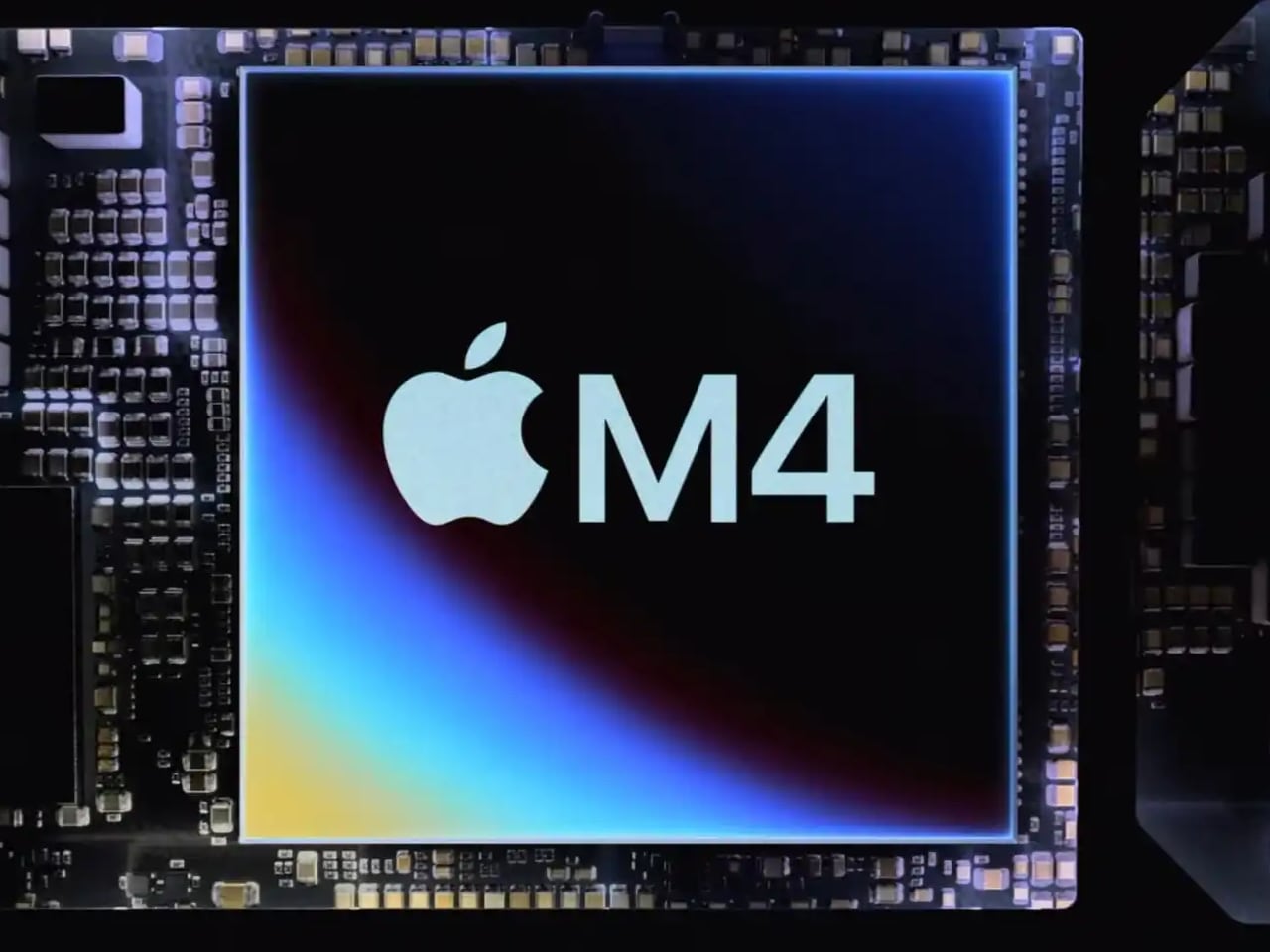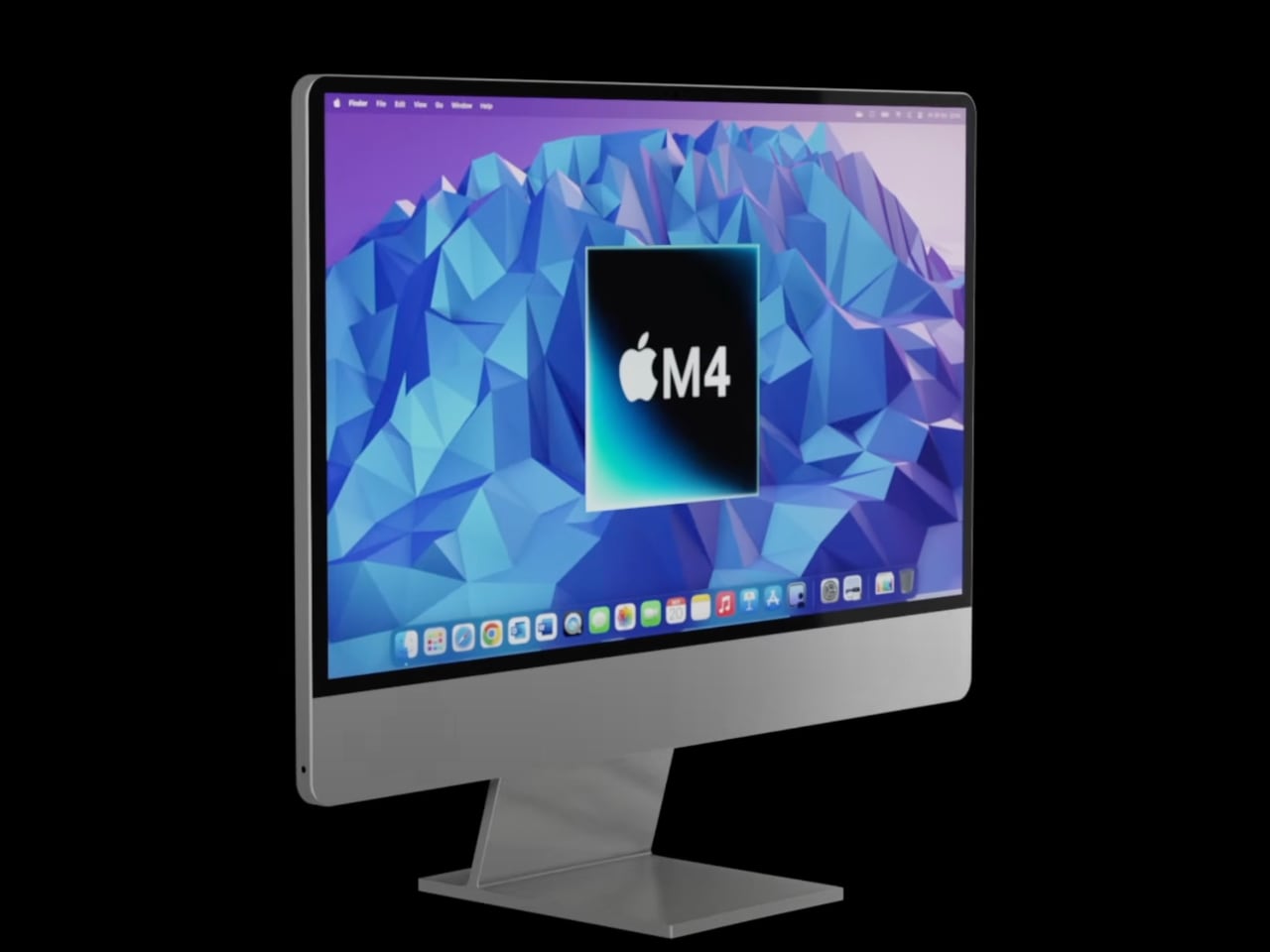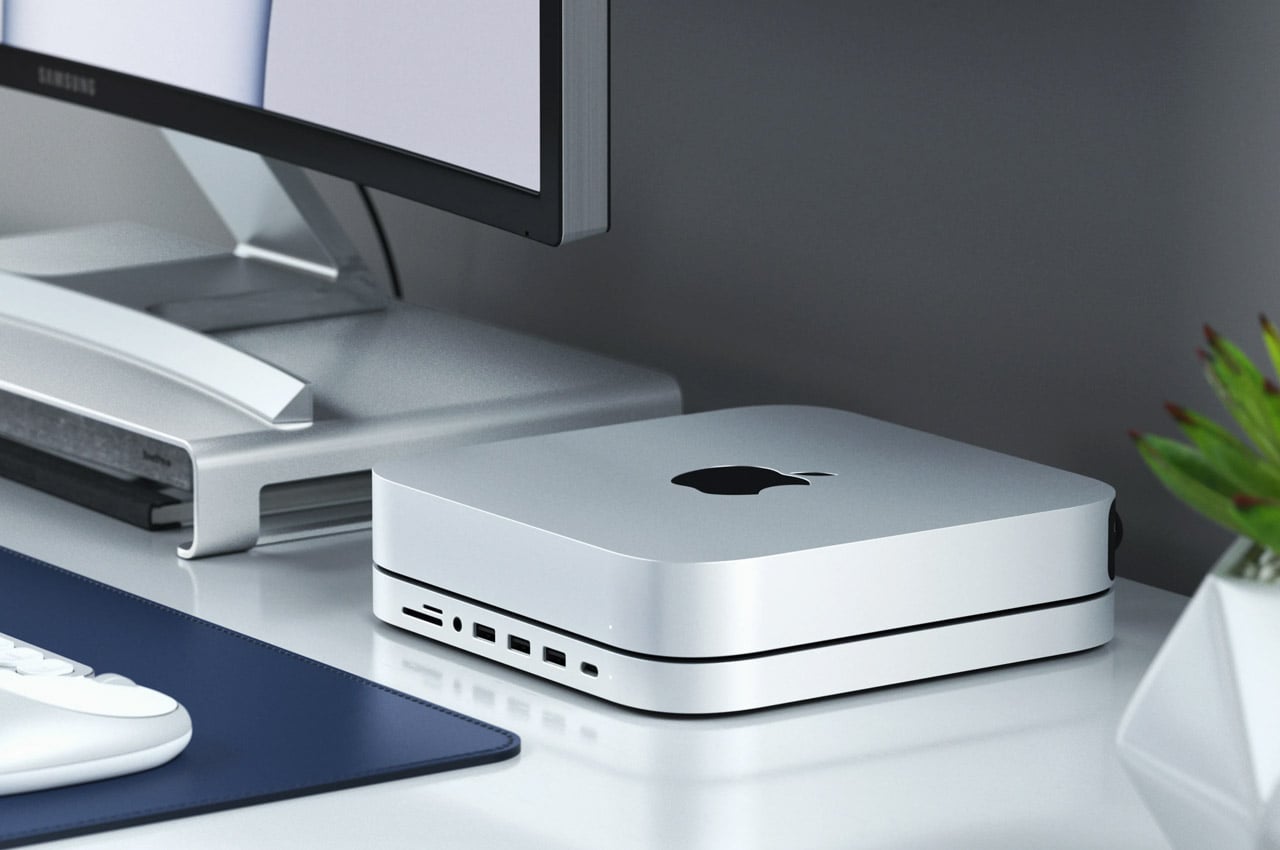
Apple is shaking things up next week with a series of announcements centered around its Mac lineup. Forget the grand on-stage unveilings this time—Apple is keeping it low-key, relying on press releases and possibly a few polished pre-recorded videos. The first wave of these announcements kicks off on Monday, October 28, 2024, and it promises to be an important moment for the company’s Mac product line. Here’s what to expect as Apple gears up to roll out its latest upgrades.
Designer: Apple
What’s Happening Next Week
Apple’s new approach avoids flashy keynotes or packed theaters. Instead, this time, as reported by Mark Gurman with Bloomberg, Apple will let its products do the talking through a week of releases, beginning with updates about its Mac lineup.

Following these initial reveals, Apple will host a hands-on experience session in Los Angeles on October 30, as confirmed by Gurman. This event will give select media and creators an exclusive first look. The news will be distributed online beforehand, allowing fans to quickly learn about the latest Mac offerings.
M4 Takes the Spotlight
At the heart of Apple’s upcoming announcements is its new M4 chip, which debuted in the iPad Pro earlier this year. Now, it’s time for the Mac lineup to receive the same power boost.

The M4 chip is expected to find its way into several new Macs, including the MacBook Pro, iMac, and Mac mini. This integration marks a significant performance step forward for Apple’s desktop and laptop offerings, bringing the same efficiency and power seen in the latest iPad Pro to its Mac devices.
MacBook Pro: Power in 14 and 16-inches
Apple plans to introduce new 14-inch and 16-inch MacBook Pro models, each equipped with the M4 Pro and M4 Max chips. These updates promise significant performance improvements, focusing on enhanced RAM capacity and additional Thunderbolt ports to support creative professionals and power users.

Visually, though, don’t expect any dramatic changes. These models appear to be focused on internal improvements rather than external redesigns. The emphasis is on delivering better multitasking capabilities and faster workflows for creative professionals who need that extra power.
iMac Refresh: Familiar Looks, New Guts
The 24-inch iMac is also in line for an upgrade, finally getting the M4 chip under the hood. The refresh could include improvements in RAM and CPU core counts.

However, no major design overhaul is expected here like the MacBook Pro. Expect Apple to stick with its current colorful aesthetic while improving what’s inside. The M4 chip will enhance the iMac’s ability to handle more intensive tasks, making it a solid choice for home and office users.
Mac mini: Smaller, Yet More Capable
Among the biggest shifts expected is a redesigned Mac mini. Apple seems ready to shake up this form factor, making it even more compact—rumors suggest a design inspired by the slim profile of an Apple TV.

The new Mac mini will get both the M4 and M4 Pro chips, and it’s likely to see some tweaks in port offerings, with more USB Type-C slots added to the mix. This redesign could make the Mac mini appealing for those looking for a powerful yet space-saving desktop solution.
How Does the M4 Compare to the M3?
The short answer is that the new Apple M4 chip performs significantly better than its predecessor, the M3 chip.

Performance Improvements
CPU Cores and Speed: The M4 chip features a 10-core CPU compared to the M3’s 8-core CPU. This increase in core count contributes to enhanced multitasking and better overall processing power. The M4 operates at a base frequency of 4.41 GHz, notably higher than the M3’s 4.05 GHz. This boost in clock speed means faster response times and improved efficiency, particularly in demanding applications.
Benchmark Scores: In Geekbench v6 tests, the M4 chip demonstrates a 27% increase in single-core performance and a 30.6% boost in multi-core performance compared to the M3. Specifically, the M4 scored 3864 in single-core and 15288 in multi-core tests, while the M3 scored 3048 and 11708, respectively. These gains are significant for users relying on raw processing power and effective multitasking capabilities.
Memory Bandwidth: The M4 chip supports quad-channel memory with a theoretical bandwidth of 120 GB/s, approximately 17% higher than the M3’s dual-channel support at 102.4 GB/s. This enhancement allows for quicker data access, which is particularly beneficial for tasks involving large datasets, video editing, and other high-bandwidth requirements.
GPU Performance: The integrated GPU in the M4 chip also delivers a significant upgrade, with a Metal score of 57603 compared to the M3’s 47414—indicating roughly a 20% improvement in graphics performance. This is particularly advantageous for graphics-intensive workflows, including video rendering, gaming, and creative applications.
Architectural Enhancements
Transistor Count: The M4 chip has 28 billion transistors, compared to the M3’s 25 billion. More transistors mean the M4 can manage more tasks simultaneously, resulting in smoother performance and better multitasking. This makes the M4 ideal for demanding tasks like video editing, gaming, and other creative work where efficiency is vital.
Fabrication Process: The M3 and M4 chips are made using a 3 nm process, but the M4 uses a second-generation version of this technology, which makes it slightly more efficient and powerful. The M4 also features ARMv9 architecture, while the M3 uses ARMv8. This updated architecture means the M4 can perform tasks faster, with less delay, and handle more complex workloads more easily.
Overall, the Apple M4 chip offers substantial upgrades over the M3, especially in processing speed, core count, memory bandwidth, and graphics performance. These improvements make it a powerful choice for users seeking enhanced performance for their creative and professional workflows.
What It Means for Apple’s Lineup
If you’re a MacBook Pro user, upgrading to the M4 Pro or M4 Max could mean a big boost in your daily workflow. Faster multitasking and a smoother experience overall are on the horizon. The new Mac mini, now even smaller but packed with more power, will be perfect for those who need a compact yet capable desktop. And for iMac fans, the new M4 chip means better performance without losing the classic look everyone loves.
Make sure to mark your calendar for October 28, and keep coming back for our coverage of all the exciting news. We’ll have everything you need as Apple reveals its latest updates.
The post Apple’s Blazing Fast Performing M4 Macs Are Coming on October 28! first appeared on Yanko Design.
0 Commentaires